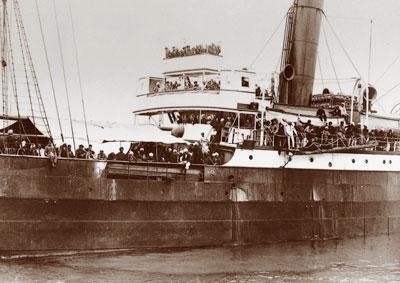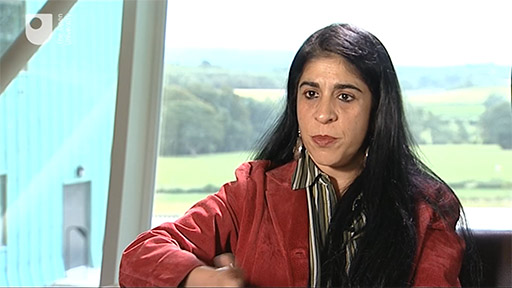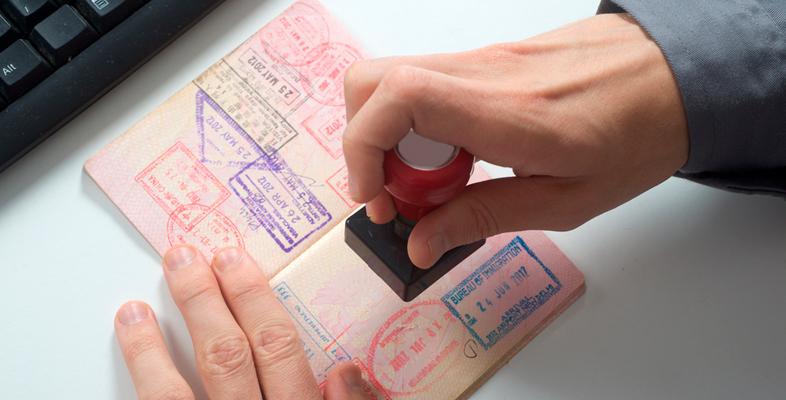1.1 Passport regimes – inclusion and exclusion

We will now look more closely at the different ways in which passport regimes have functioned historically to meet social needs to regulate conduct. In the case study of early twentieth-century Canada to follow, you will see how a passport regime has been used to register individuals as part of a distinct social population. However, this process constantly leaches into efforts to categorise, sort, order and classify. At a minimum, identification and registration of individuals involve decisions about who is in and who is out. These decisions have been made on a variety of grounds including place of birth, ethnicity, race, class and – in some circumstances – gender. Categories such as race, class and gender often interact to produce sometimes subtle and sometimes overt processes of inclusion and exclusion.
Watch the video below, which is taken from an interview with sociologist Radhika Mongia, then complete Activity 1.

Transcript: Interview with Radhika Mongia
Activity 1
Answer the questions in the box below. When you have finished, read the following feedback.
- In what ways might passports produce racialised subjects?
- Is it more difficult for some people than for others to become attached to a new territory?
- Which groups of people were most subject to exclusion from Canada?
Discussion
- Radikha Mongia suggests that passports not only mirror but produce race. This is quite a difficult argument but her analysis highlights the role of passport regimes in formalising and codifying national identities that were explicitly racialised. Thus passports create new forms of identity such that an individual is no longer simply from the Punjab but becomes the bearer of Indian national identity. In an international system which imposes different visa and admission requirements on different nationalities, passport regimes reinforce racialised national identities.
- Passport regimes make international migration,with attachment to new territories and national identities, more difficult for some than for others. The furore surrounding the Komagata Maru incident illustrates the influence of the media in drawing global attention to what the Canadian government saw as the problem of non-white immigration.
- Mongia states that Indians were excluded from Canada, and refers to the Komagatu Maru incident. More generally, she states ‘the Canadian government simply wanted a white Canada’.
